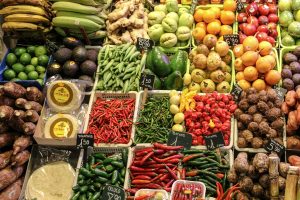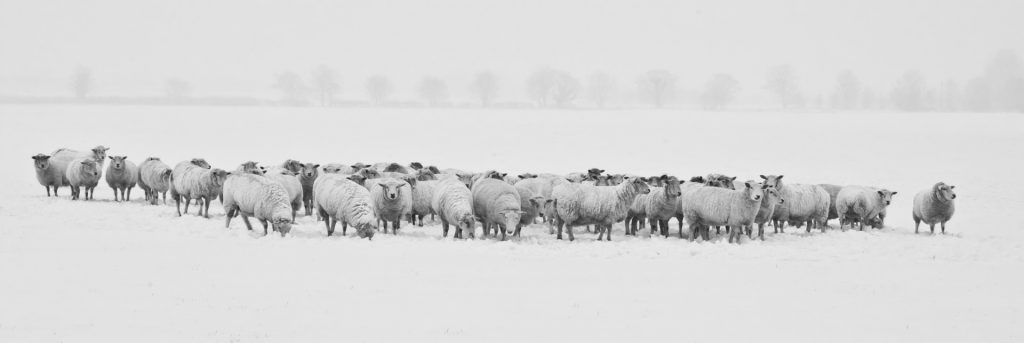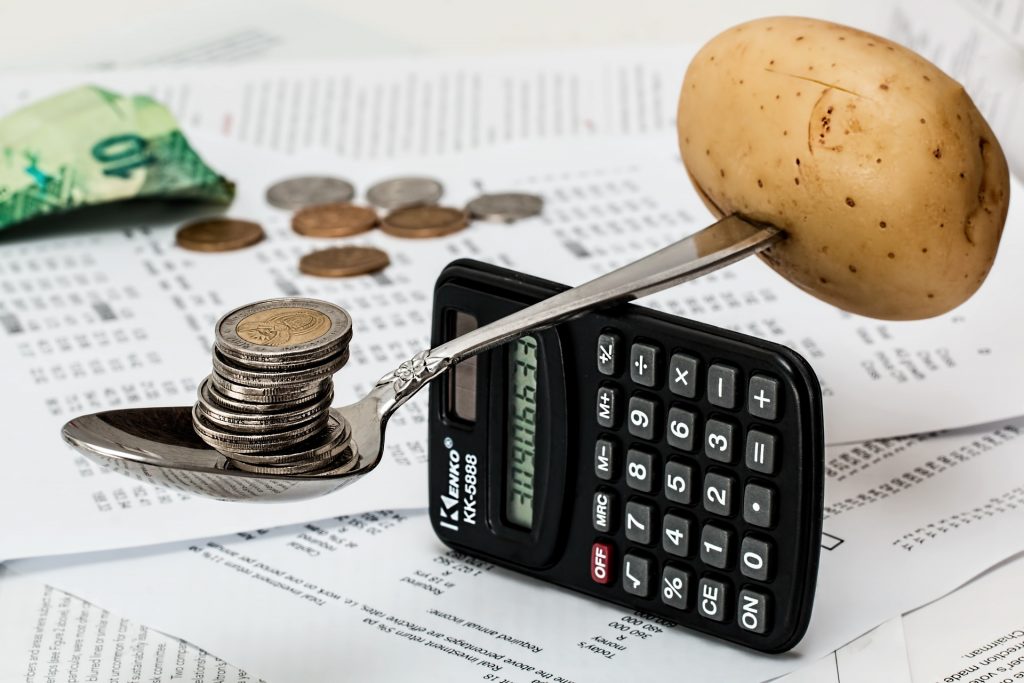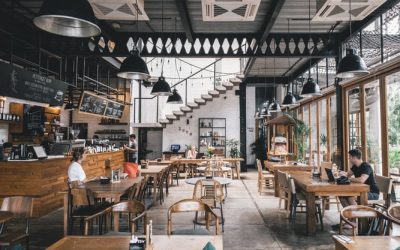Pricing Your Menu Items Correctly
Pricing your menu items is one of the most important elements of accounting in a restaurant. If your item prices don’t properly reflect the cost of the ingredients that go into them then balancing your accounts is always going to be an uphill struggle.
There is one equation to rule them all when it comes to pricing the items on your menu correctly, but pricing your item isn’t as simple as a one and done task. Product prices can fluctuate throughout the year, you should be monitoring this and your prices should be prepared for it.
The Equation
Different items like beer, wine, spirits, and food have different cost of goods (COG) percentages that you’ll want to achieve, however the equation for working out the optimum menu price is the same for all items. Below, our desired COG is 21% and you can see that this item should be priced at $10.95 to yield the desired profit.
Cost Of Goods ($2.30) ÷ Desired COG Percentage, as a decimal (0.21) = Optimum Menu Price ($10.95)
Less popular and more expensive item will usually fall under their optimum menu price and some (but not all) more or extremely popular items will be higher than their optimum menu price in order to cover the costs incurred on other items.

Rising Prices
Throughout the year prices, especially those of seasonal and perishable items, will rise and fall; although price increases are usually much steeper and more common than price reductions. These rises can be the result of a number of factors, however bad harvests and other similar environmental factors can be where you’ll really see price spikes. To mitigate price surprises caused by these factors you should check and reference your prices at least once every month.
Suppliers will often increase prices across the board, or on a majority of items, at either the beginning of the actual year or the beginning of the fiscal year. In good faith your suppliers will provide you with a list of these price increases ahead of time, and if they don’t you might want to reconsider your relationship with them. This period is the time when most locations will take these changes into accounts and raise some of their menu prices to cover these increased costs.
Seasonality
Fresh items, be they food or bar garnishes, all have their seasons and if your cocktail and food menus are permanent they you have to take seasonal sways in price into account when pricing your menus. If you’ve been open for over a year, or can get access to these prices through your rep then you should use this information to your advantage and use a median price for the year when pricing your menu items.

Having your menu prepared for fluctuating prices means that there will be less surprises waiting for you when it comes to totting up your accounts at the end of the year, it’ll also prevent you from trying to play catchup throughout the year by changing menu prices and having your customers loose faith in you.
The above topics are usually thought of in the context of restaurants and food however they can apply to beer, wine and spirits as much as they do perishable goods behind the bar and in the kitchen. As the one who places orders and receives invoices you might notice when prices rise, however it’s not always easy to notice a price that is sneaking upward. Make sure you’re checking your prices at least every quarter although every month is more recommended.



